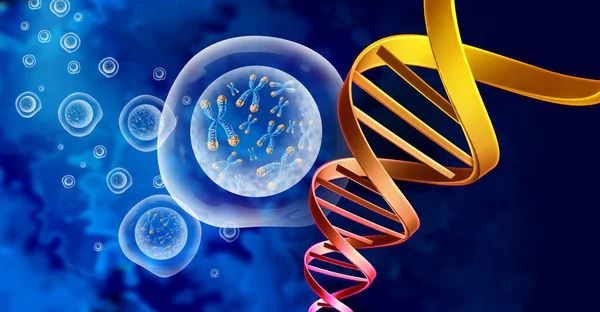Cadmium Exposure from Particulate Matter Induces DNA Damage and Cell Shape Changes – Cadmium, a toxic metal found in particulate matter (PM), has been linked to DNA damage and morphological changes in lung epithelial cells.
Tiny droplets and particles in the air, known as particulate matter (PM), can harm our health when we breathe them in. But the specific health risks depend on the chemical makeup of these particles, which can vary significantly across locations and timeframes.
Research has shown that PM mixtures with higher cadmium content can induce increased DNA damage and drive redistribution among morphological subtypes in lung epithelial cells.
The study led by Lydia Contreras studied the effects of three different PM mixes on human lung cells. These mixes, obtained from the National Institutes of Standards and Technology (NIST), represented distinct sources:
- Urban mix: Collected in St. Louis, Missouri, likely reflecting everyday city air
- Fine mix: Gathered in Prague, Czech Republic, potentially highlighting industrial emission impacts
- Diesel mix: Simulated emissions from a diesel engine
Additionally, it has been reported that cadmium can reduce repair protein-DNA damage complex formation, inhibiting DNA repair and enhancing mutagenesis.
These findings highlight the potential harmful effects of cadmium present in PM on cellular health and genetic integrity.
Not all mixes are equally harmful:
By analyzing gene activity and cell shape after exposure, the researchers found:
- The “Urban” and “Fine” mixes triggered significant changes in gene expression, indicating potential disruptions in cellular processes.
- The “Diesel” mix caused less pronounced gene activity alterations.
- Higher exposure levels to any mix led to more significant changes.
- Interestingly, the “Urban” and “Fine” mixes caused cells to shrink and round, a sign of possible stress or damage. These cells also showed greater DNA damage compared to those exposed to the “Diesel” mix.
The culprit, at least in part, seems to be cadmium:
Cadmium levels differed between the PM mixes, with the “Urban” and “Fine” mixes containing more of this toxic metal. Furthermore, when the “Diesel” mix was artificially enriched with cadmium, it induced similar effects to the “Urban” and “Fine” mixes, suggesting that cadmium plays a key role in their harmful effects.
What does this mean?
This study highlights the importance of considering the chemical composition of PM when assessing its health impacts. Different sources and locations can lead to vastly different particle profiles, with varying degrees of toxicity. Identifying the specific culprits like cadmium could pave the way for targeted intervention strategies to mitigate harm from air pollution.
What are the health effects of exposure to cadmium?

Exposure to cadmium can lead to various adverse health effects. These include renal and hepatic dysfunction, pulmonary edema, testicular damage, osteotoxic effects, and bone tissue loss.
In severe cases, it can damage the kidney, liver, and heart, and even cause death. Chronic exposure to cadmium can result in kidney, bone, and lung disease, and it is considered a cancer-causing agent.
Additionally, cadmium exposure can cause flu-like symptoms, lung damage, shortness of breath, and muscle pain.
It is important to note that the health effects of cadmium exposure depend on the level and duration of exposure, as well as the individual’s response to the exposure.
Occupations such as battery manufacturing, metal soldering, welding, and industries involved in recycling and waste management are associated with potential cadmium exposure.
How does particulate matter affect lung health?
Particulate matter (PM) can have adverse effects on lung health. PM with a diameter of less than 10 micrometers can get deep into the lungs and even into the bloodstream, causing health problems such as premature death in people with heart or lung disease, nonfatal heart attacks, irregular heartbeat, aggravated asthma, decreased lung function, and increased respiratory symptoms such as irritation of the airways, coughing, or difficulty breathing.
Chronic exposure to PM can lead to respiratory diseases such as chronic obstructive pulmonary disease and bronchial asthma.
PM can also reduce visibility, adversely affect climate, ecosystems, and materials, and is considered a cancer-causing agent.
The health effects of PM depend on the level and duration of exposure, as well as the individual’s response to the exposure.
DON’T MISS: Gender Affirming Surgery: Johns Hopkins Study Shows High Satisfaction, Low Regret









